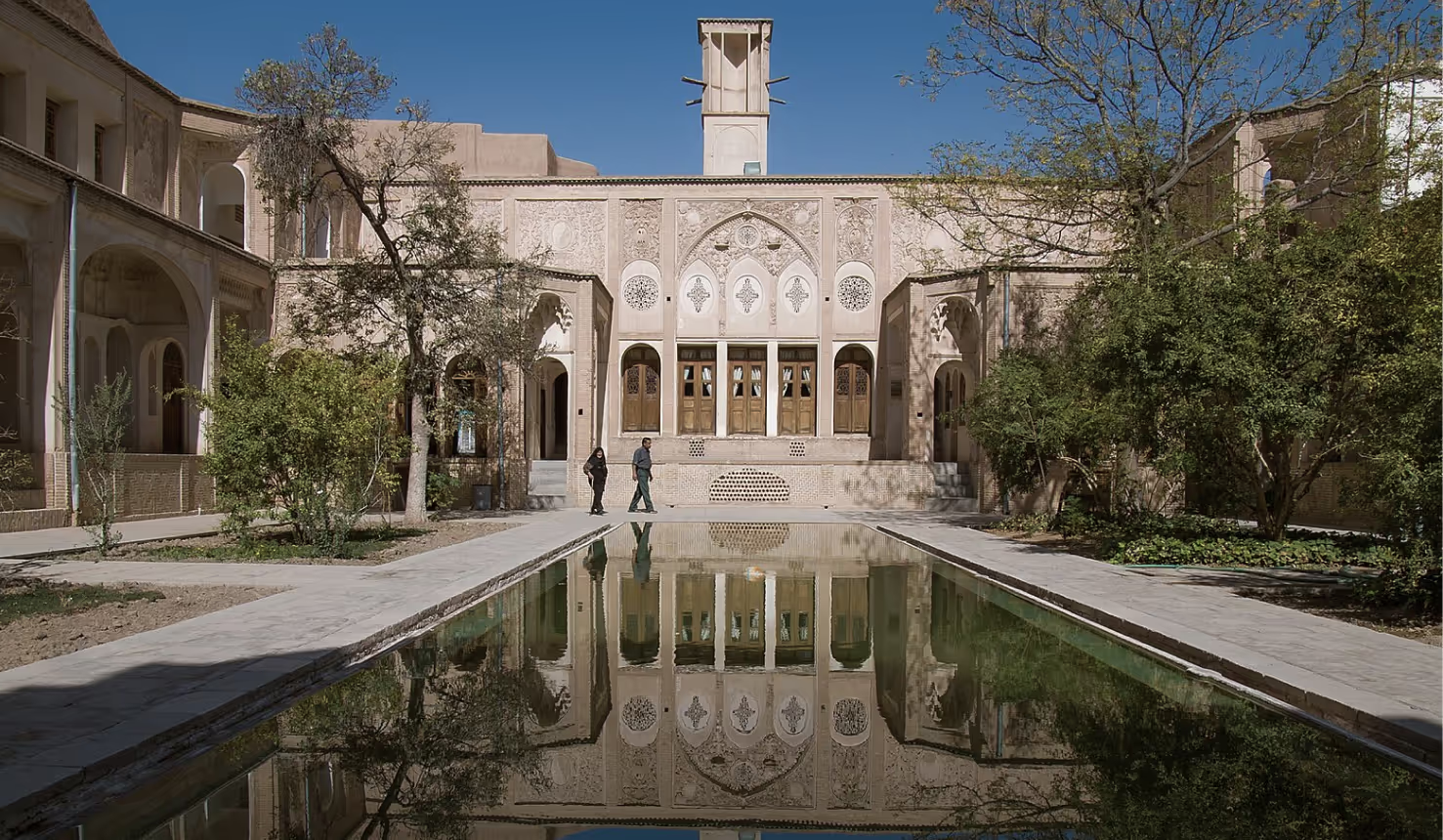Cooling Architecture: Exploring Wind Towers

Wind towers, often referred to as "windcatchers" or "badgirs," are a traditional architectural feature found in certain regions with hot and arid climates. These regions include parts of the Middle East, North Africa, and South Asia. Wind towers have been used for centuries as a passive cooling and ventilation strategy in these areas to counteract the extreme heat and create comfortable indoor environments.
This passive cooling method relies on the movement of air driven by wind and temperature differences to help regulate indoor temperatures and improve comfort without the need for mechanical cooling systems like air conditioners. Here's how wind towers contribute to cooling:
Air Movement
Wind towers are designed to catch and channel the prevailing wind. As air flows into the tower, it creates a pressure difference that draws air out from the building. This movement of air facilitates the exchange of indoor and outdoor air.
Stack Effect
The stack effect is a phenomenon where warm air rises and escapes through openings at higher points in a building while cooler air is drawn in from lower openings. Wind towers can enhance the stack effect by creating a higher exhaust point, encouraging warm air to escape and fresh air to enter from lower openings.
Cross-Ventilation
Wind towers are often strategically placed to create cross-ventilation. This means that as air is drawn in through one side of the building, it passes through the interior and exits on the opposite side. This continuous flow of air helps remove heat and improves indoor air quality.
Cooling Effect
As outdoor air passes through the wind tower and into the building, it can have a cooling effect on indoor spaces, especially if the outdoor air temperature is lower than the indoor temperature. The continuous exchange of air helps maintain a more comfortable indoor environment.
Reduced Heat Buildup
By removing warm air and replacing it with cooler outdoor air, wind towers help prevent heat buildup in the building. This is particularly important in regions with high solar radiation and intense heat.
It's important to note that the effectiveness of wind towers for cooling depends on various factors, including the design of the building, the local climate, and the orientation of the wind tower. They are most effective in regions with a consistent breeze and a significant temperature difference between indoor and outdoor air.
Wind towers are a sustainable and energy-efficient way to enhance cooling in buildings, reducing the reliance on energy-intensive cooling systems and helping to lower energy costs and environmental impact.
Join the community















.jpg)


